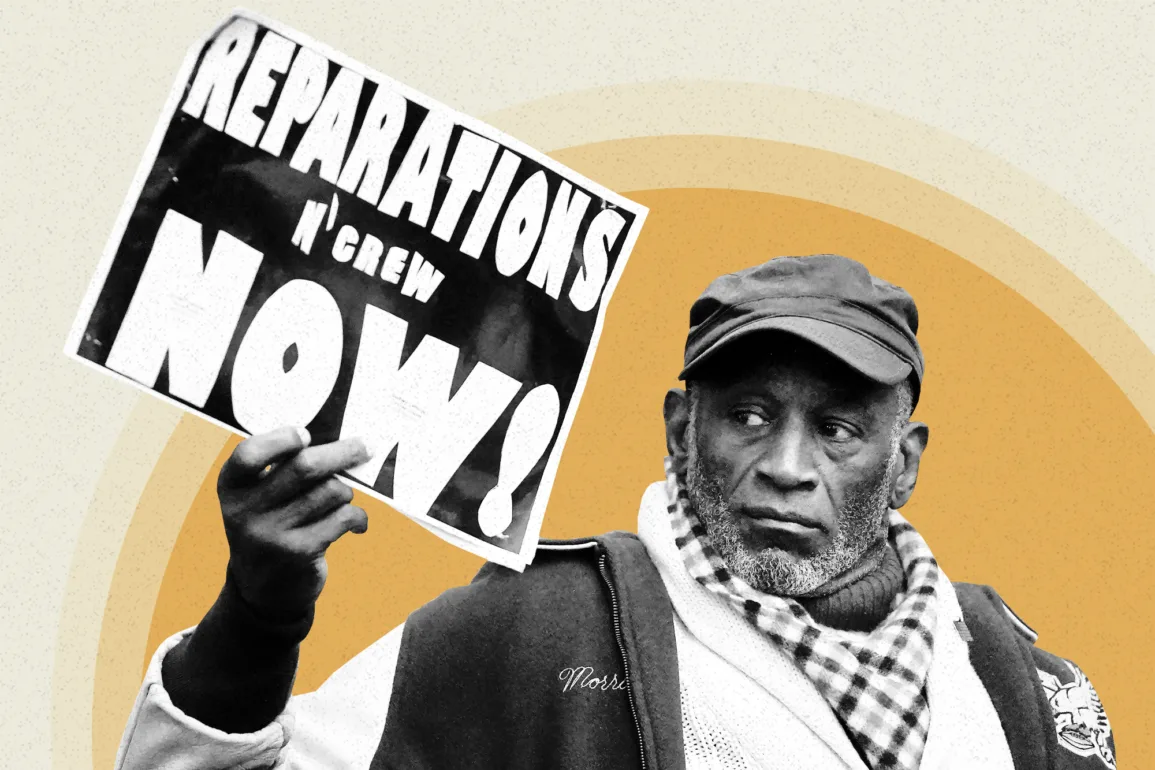
SACRAMENTO, Calif. — California legislators are expected to consider a plan that would make it the first in the nation to provide reparations for systemic discrimination against Black Americans. Just what those reparations would look like, however, is proving to be a much trickier question.
A task force convened by the Legislature’s Democratic supermajority wrapped up two years of work this summer, culminating in more than 1,000 pages of findings that discuss eligibility and compensation in the form of both policy changes and direct payouts. The group considered factors beyond slavery, including housing discrimination, health harms, mass incarceration and excessive policing. It recommended that only residents descended from slaves or from free African Americans who lived in the U.S. prior to 1900 be eligible for reparations.
The task of putting those ideas to paper now falls to the lawmakers. So far, few have committed to backing any specific statute, including cash payments. Based on the annual amounts recommended by the report’s authors, a person could receive reparations of more than $1.2 million.
Combined recommended reparations could total more than $1.2 million per person
Here are the five recommendations for reparations the legislature is considering as it looks to carve out a policy for Black Californians:
Putting a price tag on differences in life expectancy
1850 to present
The task force estimated health harms by comparing life expectancy of Black Californians to that of white non-Hispanic residents, aiming to assess the effects of decades of racial discrimination that led to inequalities around access to food, health care and safety from environmental hazards.
Task force recommended $13,600 annually for Black life expectancy gap
Putting a price tag on felony drug arrests
1971 to present
This category estimates the effect of mass incarceration and excessive policing of Black Californians since 1971 when the federal government launched its war on drugs, during which several systemic factors resulted in disproportionate harm to Black Americans. This included sentencing disparities between powder and crack cocaine crimes, giving harsher punishments to crack offenders — the vast majority of whom were Black, according to the United States Sentencing Commission. To make its recommendation, the task force combined two factors: lost wages based on the average length of a prison sentence and lost freedom. The latter was based on the amount paid in reparations to people of Japanese descent who were placed in internment camps during World War II.
Task force estimated excessive policing cost Black Californians $2,400 annually
Putting a price tag on housing discrimination practices
1933 to 1977
Black Californians faced hurdles in securing housing, including redlining, zoning laws and other discrimination. The task force reviewed gaps in homeownership dating back to the admission of California as a state in 1850, but focused its recommendation for annual payments from 1933 to 1977, when the federal government implemented a law to prohibit lending practices that disadvantaged home purchasers in Black areas, often referred to as redlining.
Task force estimated redlining, other housing practices cost Black Californians $3,000 annually
Putting a price tag on lost business opportunities
1850 to present
Reparations for devaluation of businesses are based on the systemic factors that the task force says specifically harmed Black businesses in California. They include discriminatory policies, including lack of access to government contracting relative to white businesses, as well as secondary factors such as unequal income and demand that affected the communities where the businesses operated. The task force did this by comparing how Black-owned businesses in California fared to Black-owned businesses in other states.
Task force estimated 60,000 Black-owned businesses missing in California
The report compared states in order to “control for differences in each state’s business environment,” and estimated how many businesses should have existed “absent discrimination.”
The task force estimated there should be an additional 59,951 firms owned by Black, non-Hispanic people in California, and that this gap “reflects something that is unique to California that speaks to disadvantages peculiar to this state.”
Task force equated value of missing businesses to $77,000 per person
Putting a price tag on eminent domain seizures
1850 to present
The task force did not prepare an estimate for unjust property takings through the abuse of the government’s eminent domain power. It did, however, detail major developments in the state that led to loss of housing, including the construction of Interstate 10 and Interstate 105. The task force said this construction in particular affected Black neighborhoods and noted that Black property owners were likely to have been paid less than the market value of property that was seized.
The task force suggested two methods for determining reparations: the first based on how the value of seized property would have increased over time, the second based on the current value of property that was seized.


